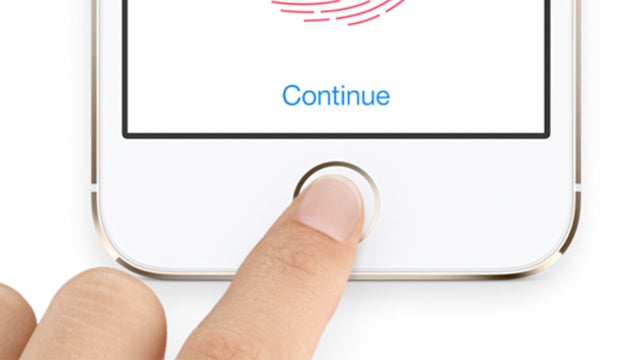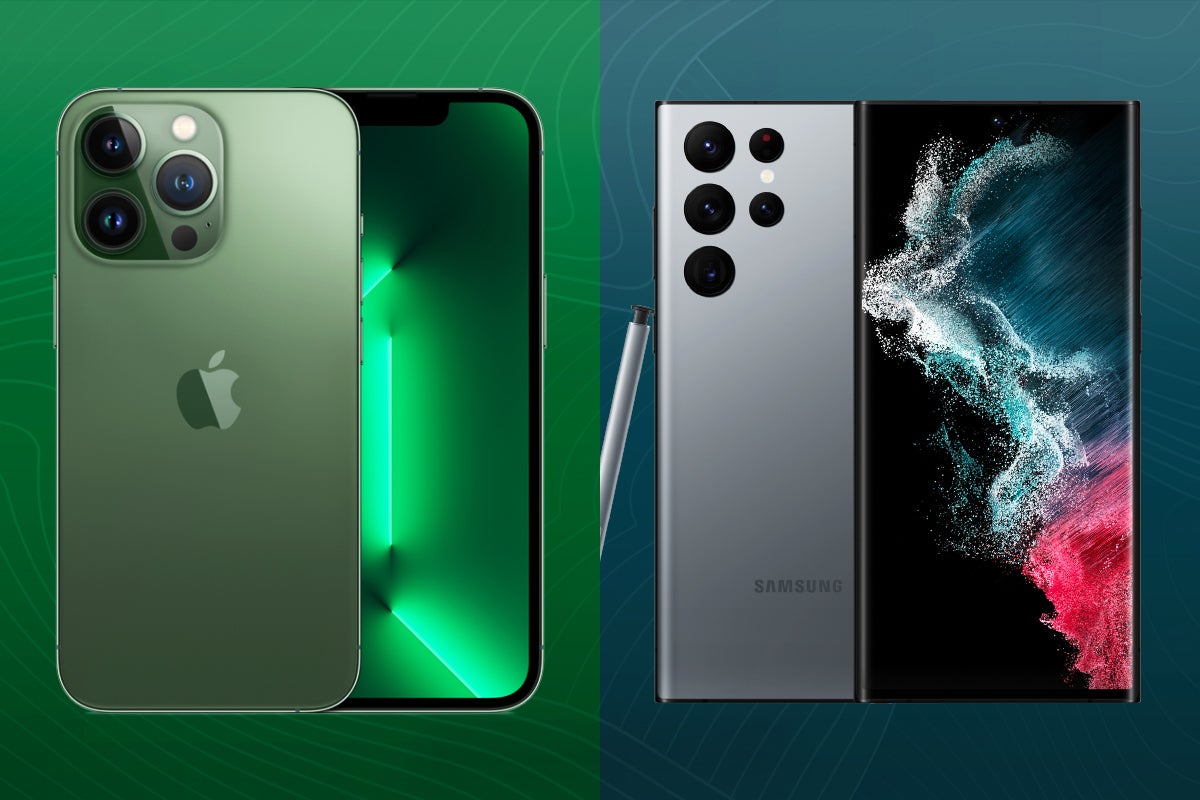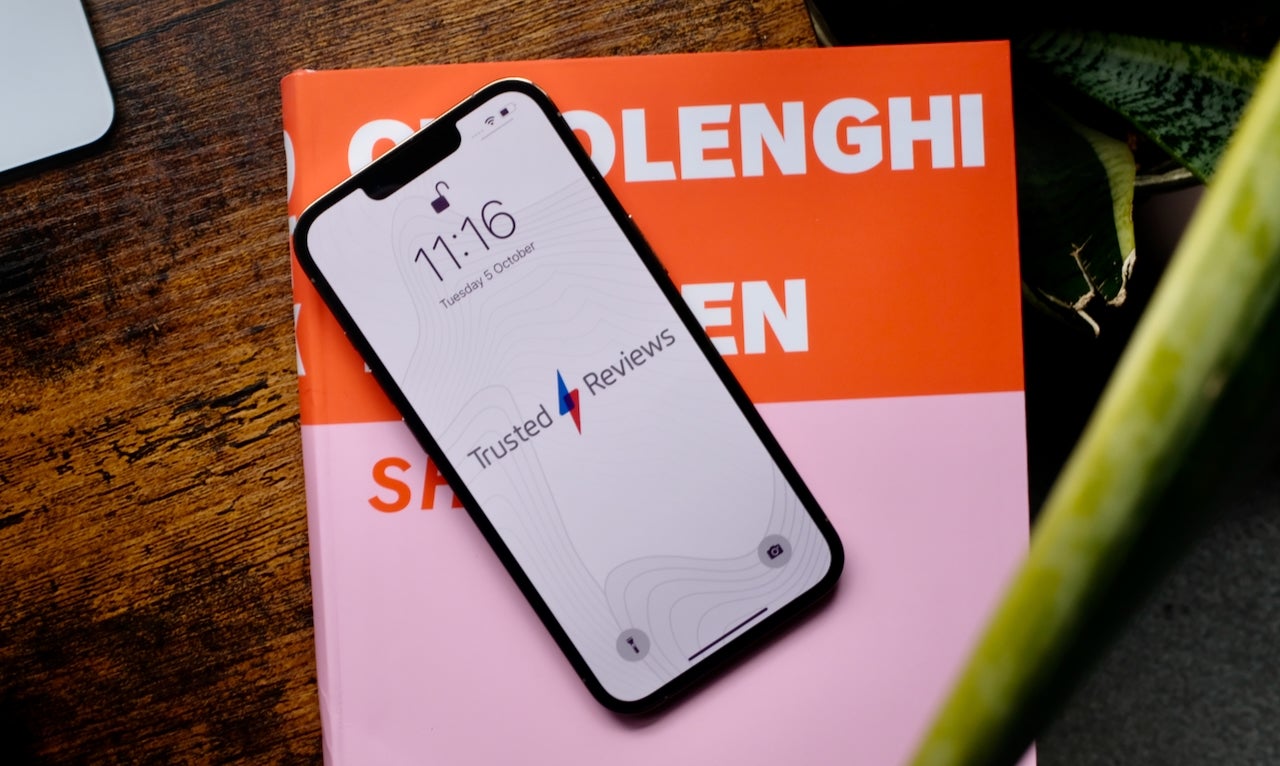Don’t hold your breath for an iPhone with in-display Touch ID

There won’t be an iPhone with an in-display Touch ID solution any time soon, according to a fresh tip from a reputable source.
Analyst Ming-Chi Kuo has become one of the go-to sources for reliable Apple gossip, with formidable access to the supply chain.
Kuo had previous predicted that Apple’s iPhone line would be receiving support for in-display Touch ID fingerprint authentication. Initially he claimed in 2019 that this would be coming in 2021, and more recently for 2023.
Now, Kuo has revised that outlook once again. It’s not looking good for fans of using your thumbs for authentication rather than your face.
As Kuo’s tweet shows, Apple appears unlikely to fold Touch ID back into its mainline iPhone series in the next two years.
Rumours that Apple was looking to reintegrate its Touch ID system seemed to gather steam with the onset of the COVID-19 pandemic. With most people suddenly wearing face masks out and about, Apple’s superb Face ID facial recognition system was suddenly proving unfit for the job.
However, Apple recently implemented a work-around system in iOS 15.4, which focuses on the eye area for authentication. Kuo’s tweet suggests that Apple is happy with this solution, and no longer feels the need to add in a secondary biometric authentication system.
We’ve also learned in recent months that 2023’s iPhone 15 Pro could well do away with the bulky Face ID notch, placing key sensors under the display. If Apple (and Samsung) can nail that implementation and quickly make it sufficiently affordable, it’ll be another nail in Touch ID’s coffin.





